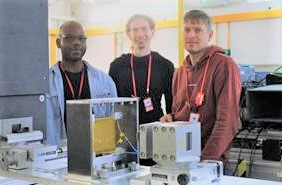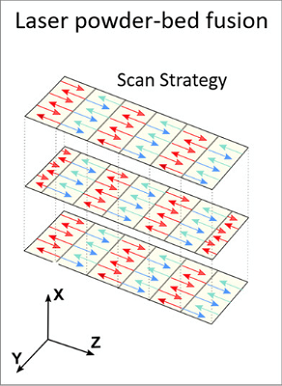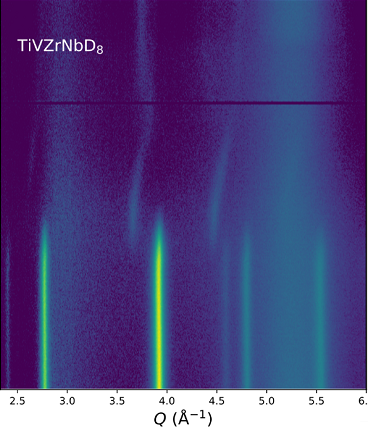Research results within Inorganic Chemistry
Below you can find some highlight from our researc.
Magnetic materials are investigated at IMAT
Polarised neutrons to study magnetic materials
IMAT (Imaging and Materials Science & Engineering) is a neutron imaging and diffraction instrument for materials science and engineering, located at the ISIS Neutron and Muon Source in Oxfordshire, UK.
For the first time, polarised neutrons have been used at IMAT to study 3D printed magnets.

Neutron imaging of additive manufacturing
Neutron imaging reveals texture variations and hidden nucleation sites for failure in laser powder-bed fusion
Laser powder-bed fusion (LPBF) is one of the most widely used Metal additive manufacturing (AM) technique, often referred to as 3D printing. In LPBF, a laser is used to selectively melt areas of a thin powder layer (powder-bed) according to a digital model. New layers are subsequently added and the process is repeated until the object is completed.
With the help of neutron imaging we have now been able to reveal texture variations and hidden nucleation sites for failure in laser powder-bed fusion.

Hunting hydrogen
Hunting hydrogen in High Entropy Alloy based metal hydrides with neutron scattering
In 2020, researchers within the Inorganic Chemistry research programme managed, in collaboration with groups at the Institute for Energy Technology (Norway), Sandia national laboratories (US) and the ISIS Neutron and Muon source (UK), locate the position of hydrogen while leaving High Entropy Alloy based materials.

Contact
- If you have questions about our research, you are welcome to contact the programme professor Professor Martin Sahlberg.
- Martin Sahlberg
